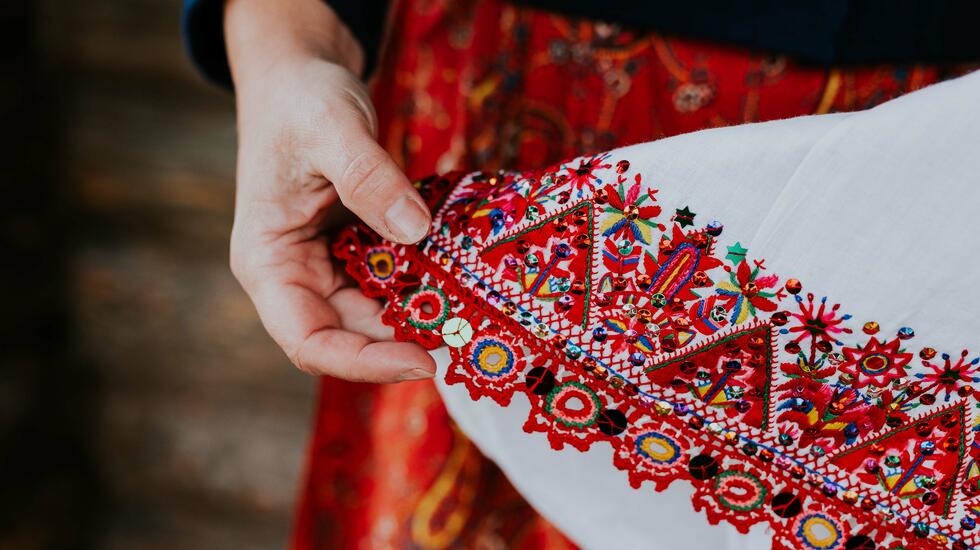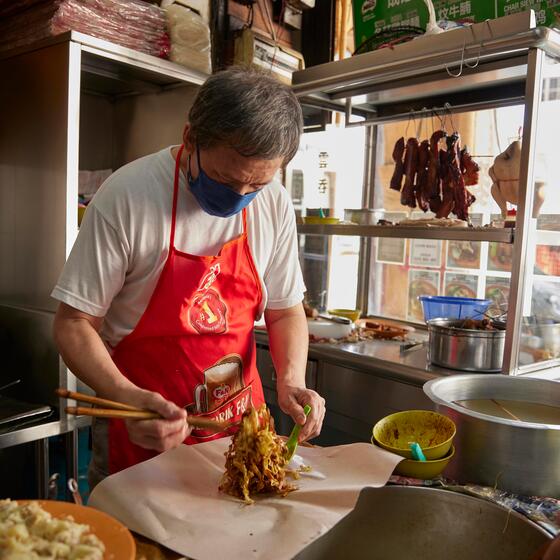In our photo journal series Keeping it Alive, we meet the people preserving fragments of cultural heritage across the world. This week, we land on the tiny Baltic island of Kihnu, to visit the women weaving their life stories into colourful traditional skirts
01 December, 2022

As
we make our way between the four villages found on the
Estonian island of Kihnu, it’s clear which of the women we meet are
local and which are just visiting. The island is the only place in
Estonia where folk dress is still worn daily. You can instantly
recognise a Kihnu woman by her kört – a woven woollen skirt with
distinctive stripes, paired with a paisley or floral apron if the
wearer is married.
The skirts aren’t just practical – they express inner emotions.
“We still wear these skirts daily because they represent the cycle
of our lives,” explains Mare, as she leads us into her loghouse.
This is where she keeps the wooden dowry chest that contains her
skirts and other homemade and heritage items – knitted gloves and socks,
embroidered blouses, cotton kerchiefs, intricately woven belts,
blankets and rugs. “A woman can have a lot of these skirts,” she
says, pulling out körts with red stripes, blue stripes or half blue
and half red. “Because the different colours mean different
things.”
Black leinakört are worn when mourning a close relative, and the
blue-striped sinisetriibuline kört just after, or if it’s a distant
relative who died. “You don’t just jump back to wearing full red
stripes,” says Mare. “Your skirt mirrors your emotional journey,
and the red gradually increases. The older you get, the more modest
the stripes, as this colour is associated with youth.”
Read the full story in Vol. 39: Ritual
